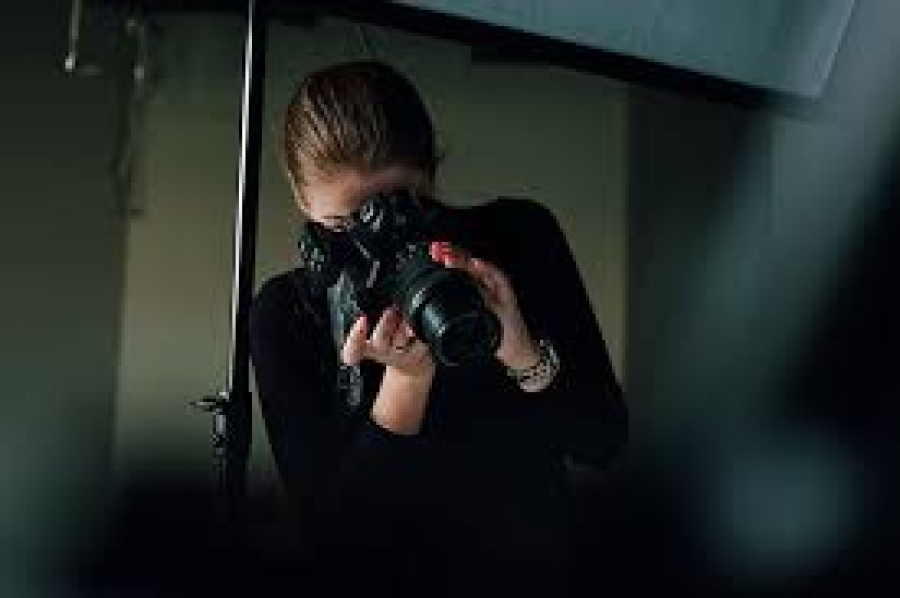Using Storytelling in Visual Art Projects
In the world of freelance visual arts, storytelling isn't just a technique—it's a powerful tool that shapes how your audience connects with your work. Whether you're a photographer, digital artist, videographer, or mixed media creator, your ability to tell a compelling story visually can set you apart in a competitive industry. This guide explores how you can use storytelling techniques in your visual art projects to enhance emotional engagement, improve brand identity, and build stronger connections with your audience or clients.
Long Description
1. Why Storytelling Matters in Visual Art
Storytelling adds depth and meaning to your creations. In freelance visual art, clients often look for more than just aesthetic appeal—they want work that resonates emotionally or communicates a message. Storytelling allows you to translate feelings, experiences, or abstract ideas into something relatable and memorable.
2. Types of Storytelling in Visual Art
Linear storytelling: Follows a chronological sequence of events, common in comic strips, photo essays, or short films.
Conceptual storytelling: Focuses on an idea or theme rather than a specific narrative. Frequently used in abstract art, conceptual photography, and installations.
Character-driven storytelling: Puts a subject or character at the center, ideal for portrait photographers and illustrators.
Visual metaphors: Uses symbols or metaphors to convey deeper meanings, suitable for fine art, surrealism, or editorial photography.
3. Elements of Strong Visual Storytelling
To create a compelling narrative in your art, consider the following elements:
Theme: Decide the core message or idea.
Subject: Choose a subject that supports the theme.
Setting: The background or environment can add meaning and context.
Composition: How you frame and arrange elements affects the flow of the story.
Emotion: Use lighting, color, or expression to convey feelings.
Sequence (if applicable): Arrange visuals in a way that leads the viewer through the story.
4. Techniques to Integrate Storytelling into Your Freelance Work
Mood boards and sketches: Use these tools to pre-visualize the tone and style of your story.
Color grading: Set a mood with consistent tones that align with your narrative.
Lighting choices: Natural light, shadows, or studio lighting can dramatically change the story your visuals tell.
Symbolism: Introduce visual elements that act as symbols—e.g., a broken mirror to represent inner conflict.
5. Applying Storytelling in Different Freelance Niches
Freelance Photography: Use sequential photos to capture a moment evolving over time (e.g., a day-in-the-life shoot).
Videography: Craft a beginning, middle, and end for mini-documentaries or brand films.
Graphic Design: Use color palettes, typography, and layout to guide emotional response.
Illustration: Develop characters and environments that unfold across multiple pieces.
6. Client Projects vs. Personal Projects
Client Work: Align storytelling with brand values or campaign goals. Communicate with the client to understand the narrative they want.
Personal Work: Experiment with themes that matter to you personally—identity, culture, nature, social issues, etc.
7. How Storytelling Adds Value to Your Freelance Services
Builds connection: Emotional stories lead to stronger audience engagement.
Enhances marketing: Your portfolio becomes more memorable.
Boosts credibility: Shows your ability to think conceptually, not just visually.
Improves client trust: When clients see that you understand narrative, they’re more likely to entrust you with brand-building projects.
8. Tools and Platforms to Support Visual Storytelling
Instagram: Ideal for sharing serialized or themed stories through carousel posts or reels.
Behance: A portfolio platform where you can provide context to your visuals using text and storyboards.
YouTube/Vimeo: For video projects that incorporate deeper story arcs or behind-the-scenes narratives.
Notion or Trello: Organize storytelling elements and project timelines efficiently.
9. Tips for Effective Freelance Storytelling
Keep it simple: Avoid overcomplicating the narrative.
Know your audience: Tailor your story to resonate with your target client base.
Stay authentic: True stories or personal experiences often have the strongest emotional impact.
Iterate and refine: Get feedback on your work and improve your storytelling clarity.
10. Final Thoughts
Visual storytelling is no longer just a creative option—it’s a strategic necessity for freelancers in the visual arts. By mastering storytelling techniques, you can elevate your freelance brand, connect with audiences on a deeper level, and command higher rates for work that’s not only beautiful but meaningful. Whether you’re crafting a campaign, building a personal project, or enhancing your online portfolio, integrating story into your visuals can significantly transform how your work is perceived and remembered.


 by Emily
by Emily




